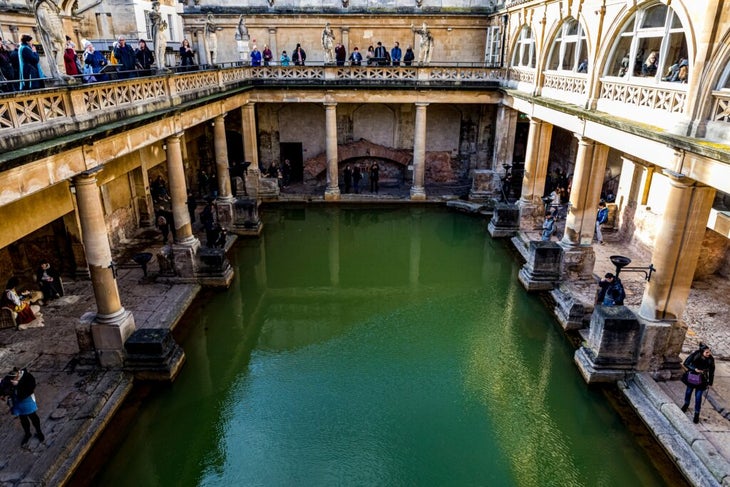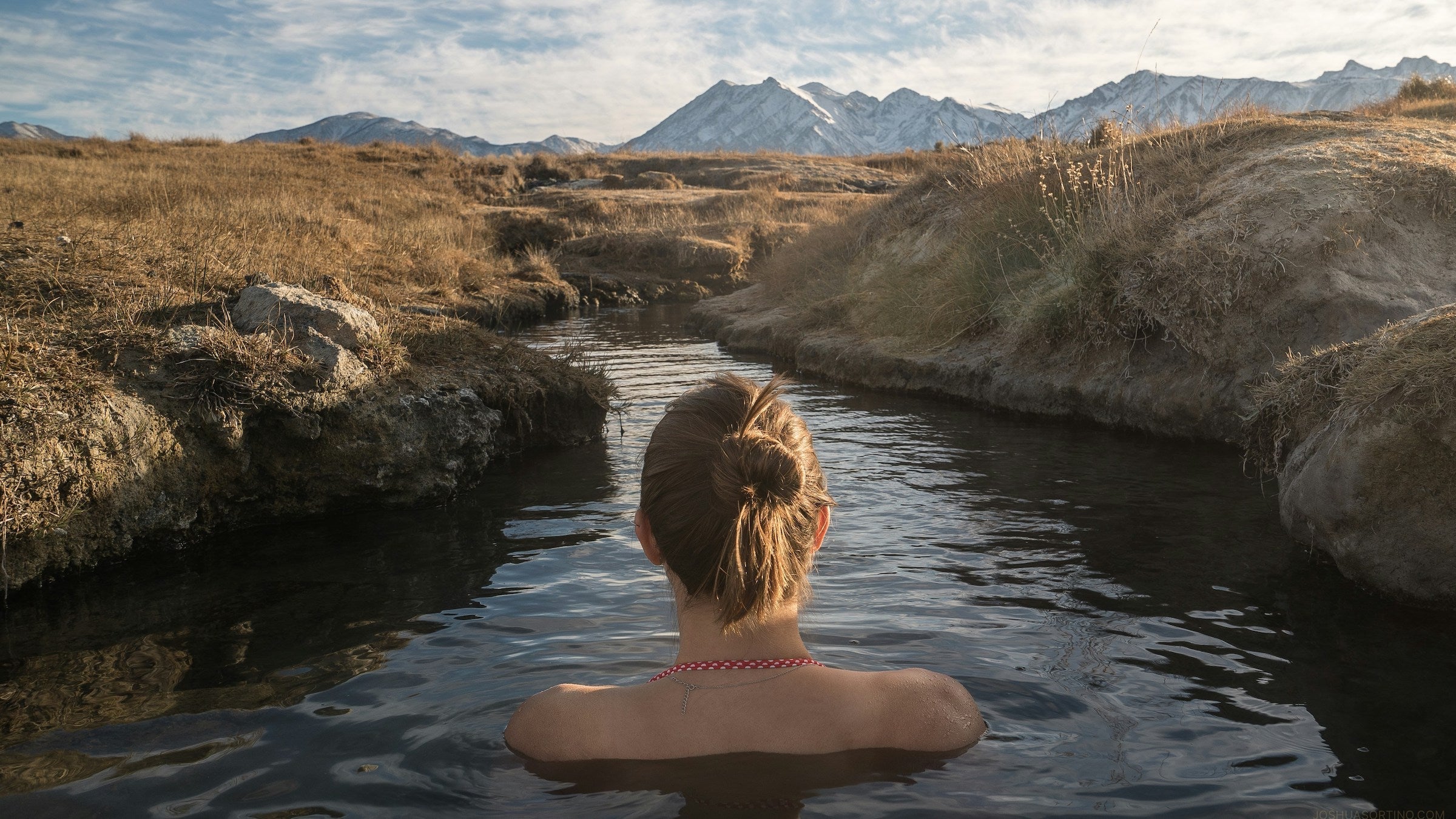At the southern terminus of the Cotswold Way, a 102-mile trail through the English countryside, there’s a beautiful sight for sore legs: the Roman Baths.
is a time-honored tradition in the U.S. and beyond, and not just because soaking feels good after a long walk. Many hot springs enthusiasts also claim that the waters themselves have healing properties. The Romans were no different: They believed Bath’s springs, which are today cordoned off as a museum exhibit, could and other afflictions. And now, recent science shows that they might have actually been right.
Bath’s Bacteria-Fighting Microbes
Scientists from the University of Plymouth recently analyzed Bath’s spring-fed waters and discovered 15 different types of microorganisms with the potential to fight human pathogens. These microorganisms have natural antimicrobial properties that could be , including E. coli infections, staph infections, and others.
While doctors currently have treatments for many of these infections, the rising threat of antimicrobial resistance could render some of them ineffective over time. If that proves true, then Bath’s waters could be the secret to finding new, more effective antibiotics.
By 2050, “antimicrobial resistance is predicted to be , maybe even more so,” says Dr. Lee Hutt, senior author on the research paper published in the journal The Microbe. As bacteria grow more and more resistant to antibiotic drugs, we may soon find ourselves at risk of dying from infections we see as minor today. And as hot springs are literal hotbeds of microbe activity, they could hold many more opportunities for potentially life-saving antibacterial microorganisms.
Healing Lore in Hot Springs Around the World
Interestingly, Bath’s hot springs don’t have the best track record for good bacteria. The Roman Baths were closed for swimming and bathing in 1978 after a girl died from a bacterial disease contracted in the pool. However, other springs have more consistent reputations. Tennessee’s , for example, were long thought to cure rheumatism, tuberculosis, and other ailments. And many of Colorado’s were used by Native Ute people for centuries as a source of healing and medicine.
Across cultures, hot springs have held similar allure. Perhaps it’s no wonder. Hot springs are a very unique environment, Hutt says, and he thinks they have a lot of potential, worldwide, to harbor other interesting microbes—including bacteria with possible medicinal uses.

Another recent study in Japan supports this idea of healing potential. Research published in January by Scientific Reports found that visitors to hot springs in Kyushu, Japan, after soaking for at least 20 minutes per day over the course of a week. Just by soaking in the hot springs—not drinking them—they experienced significant increases in certain types of gut microbiota.
Most notably, participants saw an increase in B. bifidum concentrations. That bacterium has been linked to improved glucose tolerance, relief from constipation, and better gut immunity overall. A limitation of the study, however, was that it didn’t involve a control group or compare results with a test group that experienced the heat of a sauna, for example, without the presence of the bacteria. So, it’s still possible that it’s the heat of the hot springs—rather than what’s in the water—that facilitates a beneficial environment for your gut. Scientists will need to conduct more research before we can say for certain.
So—Do Hot Springs Really Have Healing Properties?
Hutt said it’s important to note that you won’t cure diseases just by soaking in the hot springs alone. Significant research and testing still needs to be conducted in order to figure out how to make these microbes work for us in a medicinal capacity. There is a slim chance, however, that the Romans might have experienced the benefits of antibiotics in the water if they soaked in the pools while suffering from some kind of skin infection, he said. But he emphasized that that’s a stretch.
Of course, it’s hard to deny that soaking in hot springs can also make you feel better immediately. According to the Aspen Valley Hospital, a relative neighbor to the famous , soaking can , improve flexibility, and help you sweat to clear clogged pores. Minerals in some hot springs can also decrease stress, the hospital said, but we’d venture to guess that the simple fact of sitting in a natural hot tub with a stunning mountain view is pretty relaxing in itself. Even better, perhaps, if you’ve hiked there yourself.


